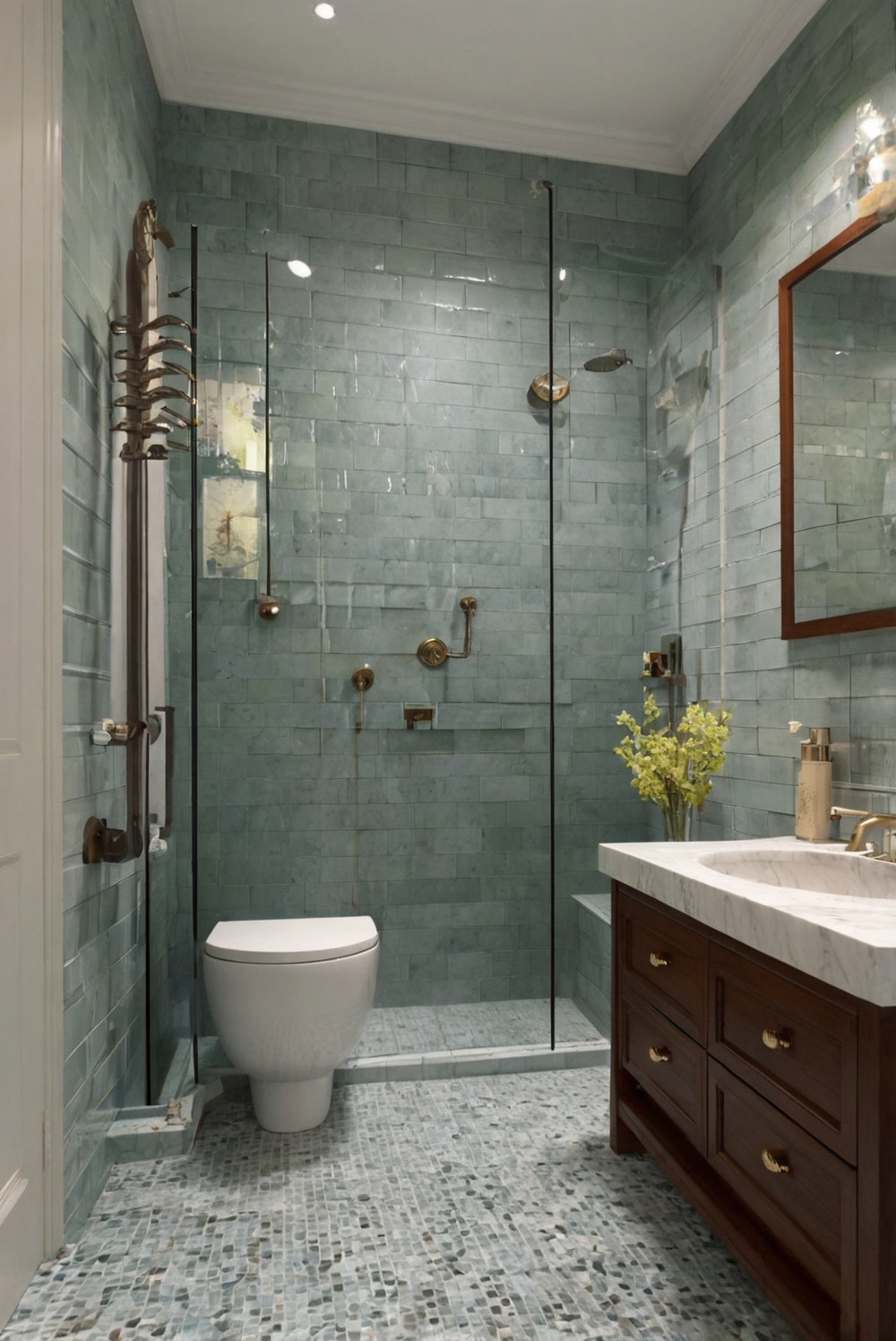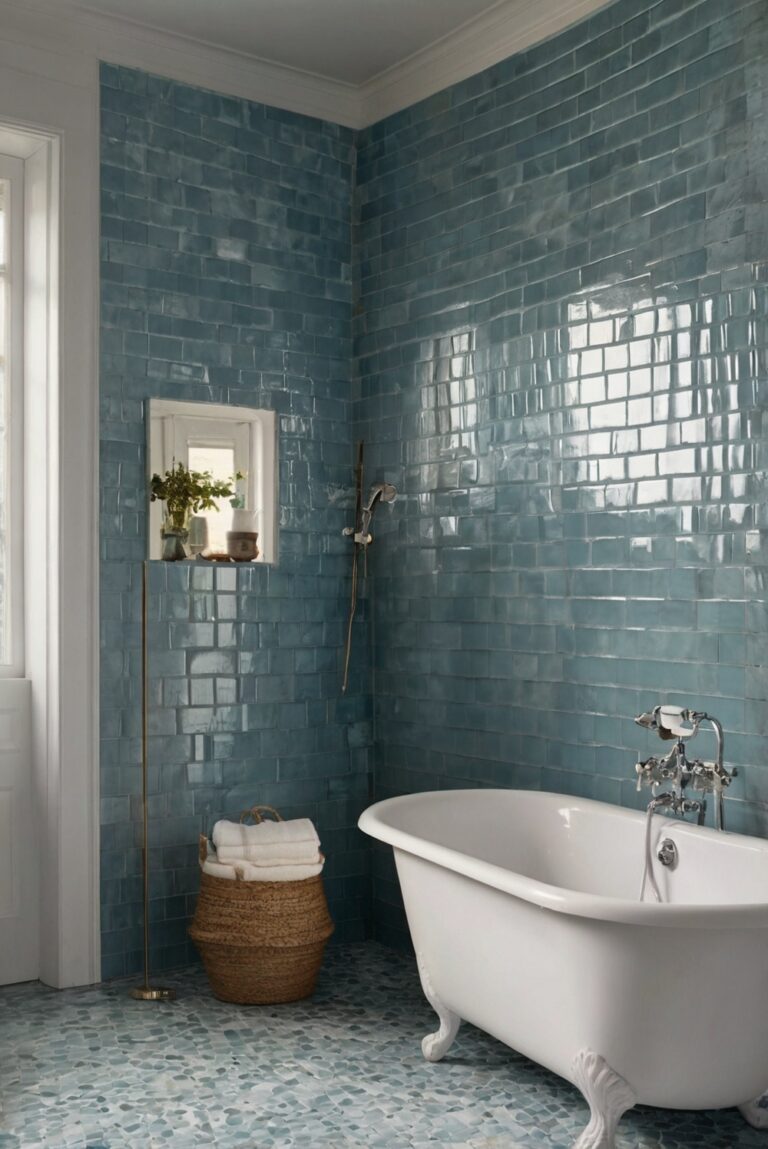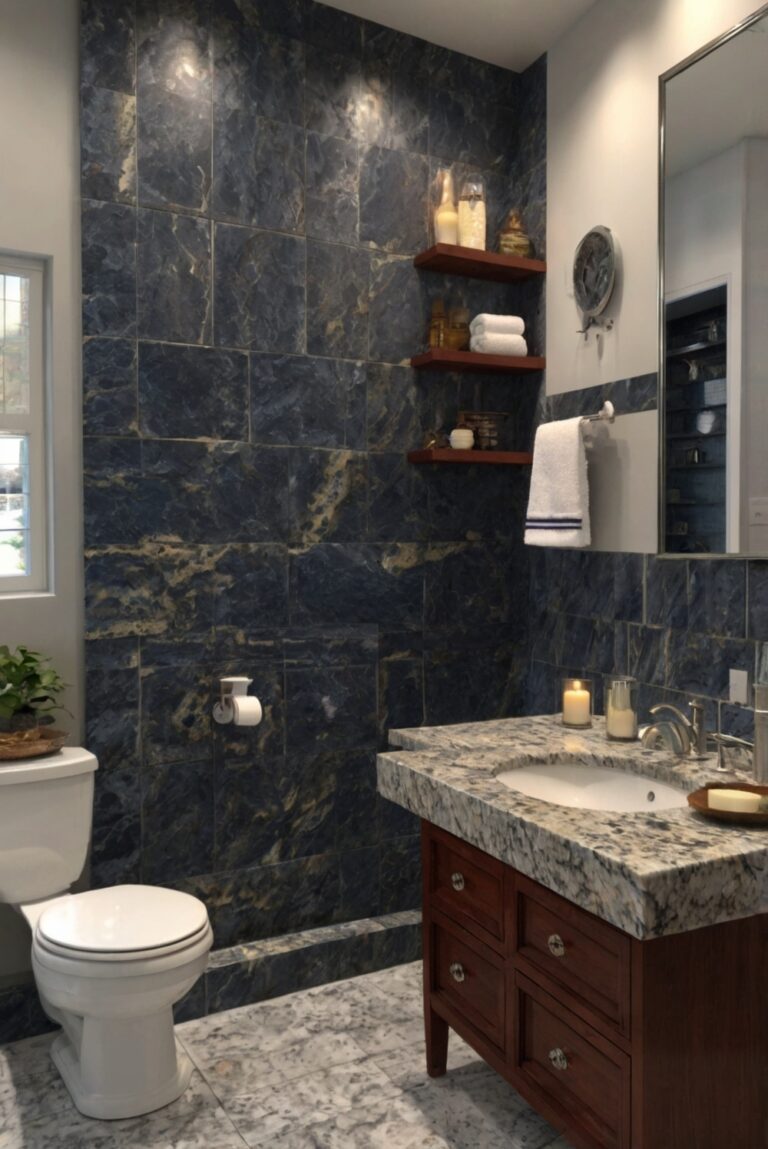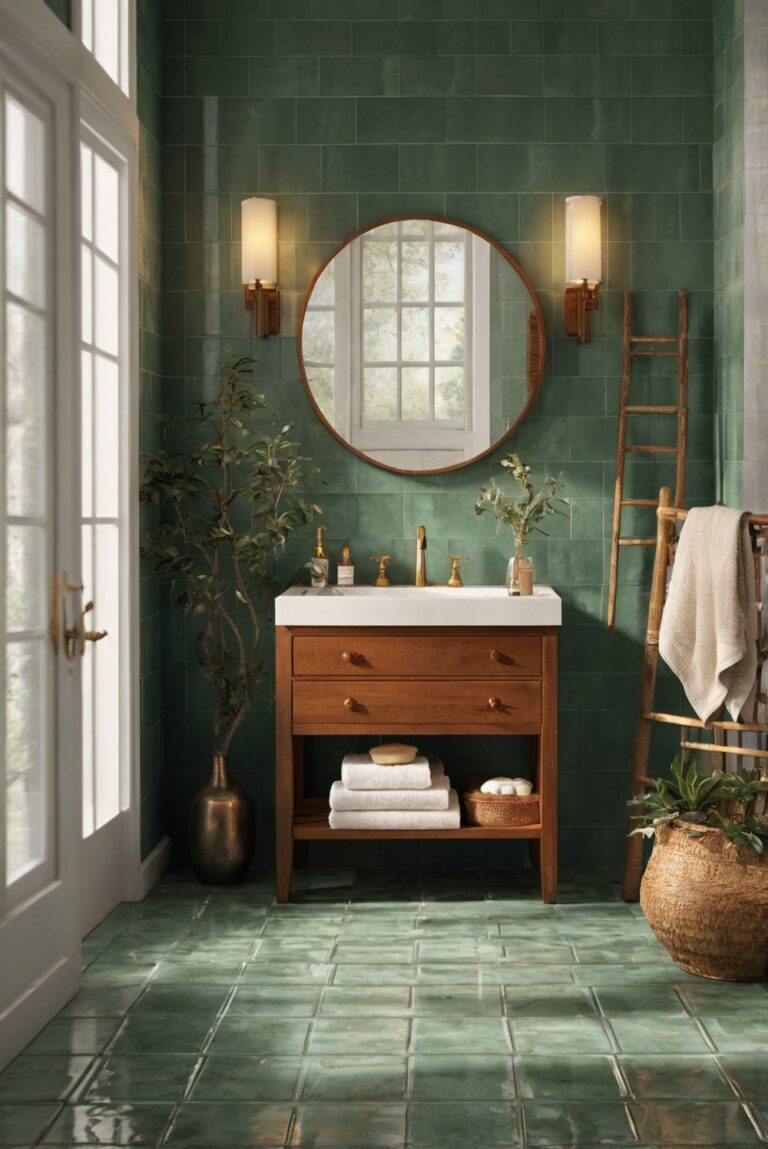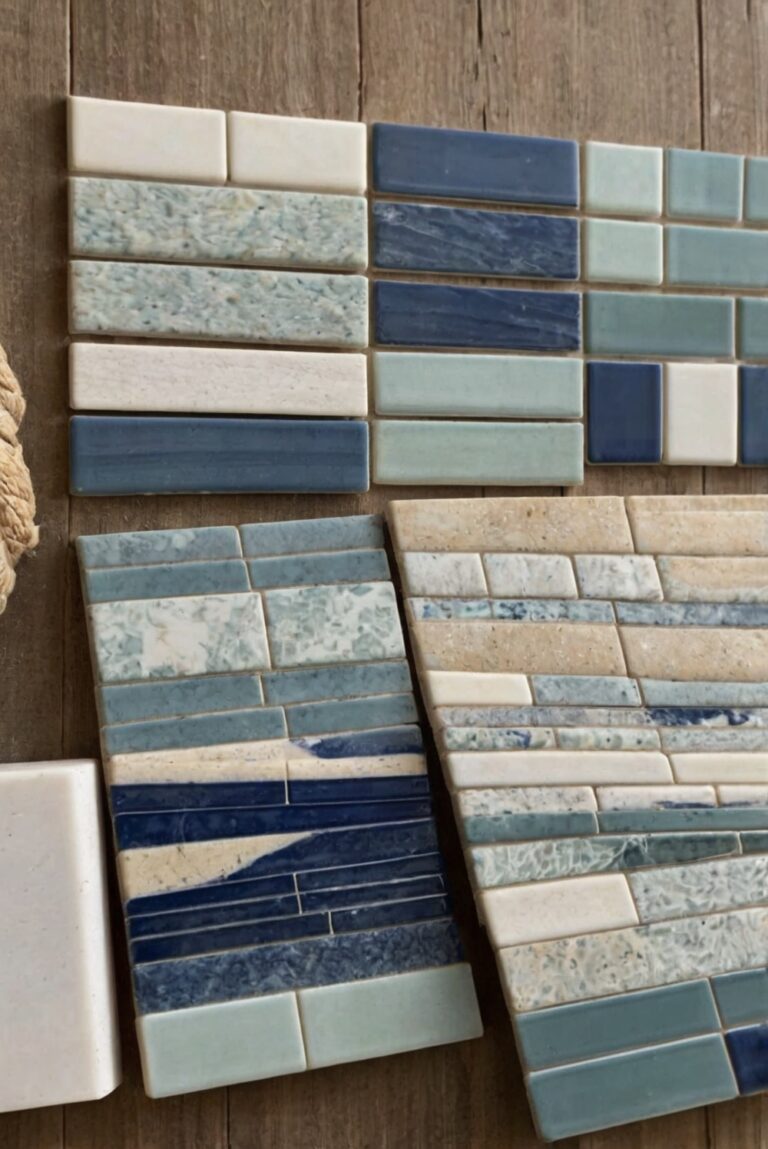Discover the best tile layouts to visually expand a small bathroom with expert interior designer tips. Elevate your daily routine with stunning decor ideas.
What are the best tile layouts for visually expanding a small bathroom?
Use a light color palette: Light-colored tiles, especially in shades of white or cream, can make a small bathroom appear more spacious by reflecting natural light and creating an airy feel. For added visual expansion, consider large format tiles or subway tiles in a vertical pattern to draw the eye upward.
When selecting tile layouts for a small bathroom, it’s essential to consider space planning and the overall interior design of your home. Opt for a cohesive look that complements your home decor interior design style. Utilize interior bedroom design principles to create a relaxing atmosphere in the bathroom, and coordinate your tile choices with other rooms like designers kitchen and living room interior. Keep the design consistent to maintain flow and visual space expansion throughout your home.
For optimal results, work with a professional interior designer who specializes in space planning and decorating interiors. They can guide you in selecting the right tile layouts, such as designer wall paint and primer paint for walls, that suit your aesthetic preferences and maximize the perception of space in your small bathroom. Additionally, consider color matching painting techniques to ensure a cohesive look and choose home paint colors that harmonize with the rest of your home’s color scheme.
What are the best tile layouts for visually expanding a small bathroom?
Choosing the right tile layout is crucial in visually expanding a small bathroom. Here are some key considerations:
– **Light Colors**: Light-colored tiles, such as whites, creams, or pastels, can make a small bathroom feel more spacious by reflecting light and creating a sense of openness.
– **Large Format Tiles**: Using large tiles can minimize grout lines and create the illusion of a larger space. Opt for tiles that are at least 12×12 inches or larger.
– **Diagonal Layout**: Installing tiles diagonally can visually elongate the space and make the room appear larger than it actually is.
Tile Layout Options:
– **Straight Lay**: This is the most common tile layout where tiles are laid in a straight grid pattern. While it is simple and cost-effective, it may not be the best choice for visually expanding a small bathroom.
– **Herringbone**: Herringbone patterns can create visual interest and make the room feel larger due to the diagonal lines. This layout works well with both large and small tiles.
– **Running Bond**: Also known as a brick pattern, this layout involves offsetting the tiles like bricks. It can add a dynamic look to the bathroom and can be used to elongate the space.
Factors to Consider:
– **Room Size**: Consider the size of your bathroom when choosing a tile layout. Larger tiles can make a small bathroom feel more spacious, while smaller tiles can create a busy look.
– **Grout Color**: Selecting a grout color that matches the tiles can create a seamless look and make the space feel more open.
– **Accent Tiles**: Incorporating accent tiles or borders can add visual interest and create the illusion of depth in a small bathroom.
Conclusion
In conclusion, when it comes to visually expanding a small bathroom with tile layouts, choosing light colors, large format tiles, and diagonal layouts can make a significant difference. Experimenting with different tile patterns such as herringbone or running bond can also enhance the perception of space. By considering factors like room size, grout color, and accent tiles, you can create a visually appealing and spacious bathroom even in a limited space. Remember to plan carefully and consult with a professional to achieve the best results.
1. What are some tile layouts that can visually expand a small bathroom?
To visually expand a small bathroom, consider using large-format tiles in a light color scheme. This can create the illusion of a larger space by reducing visual clutter. Additionally, using tiles with a glossy finish can help reflect light and make the room feel brighter and more open. Another effective layout is to use the same tiles on the floor and walls to create a seamless look that visually expands the space. Lastly, consider using vertical or horizontal patterns to elongate the room and create a sense of height.
2. How can tile patterns impact the perception of space in a small bathroom?
Tile patterns play a crucial role in how space is perceived in a small bathroom. Opting for larger tiles can make the room feel more spacious as there are fewer grout lines breaking up the space. Additionally, using diagonal patterns can create the illusion of a larger area by drawing the eye in different directions. Conversely, small mosaic tiles can make a space feel more cramped due to the numerous grout lines and visual distractions. It is essential to choose tile patterns that enhance the sense of space in a small bathroom.
3. Are there specific color schemes that work best for visually expanding a small bathroom?
When choosing color schemes for a small bathroom, it is best to opt for light and neutral colors. Light colors, such as white, cream, or soft pastels, can help reflect light and create a sense of airiness in the space. Dark colors tend to absorb light and make a room feel smaller and more confined. Additionally, using a monochromatic color scheme can create a cohesive look that visually expands the bathroom. Incorporating pops of color through accessories or accents can add visual interest without overwhelming the space.
4. What are some design strategies for maximizing space in a small bathroom with tile layouts?
To maximize space in a small bathroom with tile layouts, consider using large tiles on both the floor and walls to create a continuous flow and make the room feel more expansive. Installing tiles from floor to ceiling can visually elongate the walls and create a sense of height. Additionally, using light-colored grout can help tiles blend seamlessly together and avoid creating a choppy appearance. Opting for minimal grout lines and avoiding intricate patterns can also help create a clean and uncluttered look that maximizes the perceived space in a small bathroom.
5. Are there any specific tile layout mistakes to avoid when trying to visually expand a small bathroom?
When trying to visually expand a small bathroom with tile layouts, it is essential to avoid certain mistakes that can make the space feel more cramped. Avoid using small mosaic tiles as they can create a busy and cluttered look that shrinks the room visually. Additionally, using dark tiles or heavy patterns can overwhelm a small space and make it feel more closed in. It is also crucial to consider the scale of the tiles; using overly large or small tiles can throw off the balance of the room and hinder the visual expansion. Opt for a balanced mix of tile sizes and patterns to create a harmonious and spacious feel in a small bathroom.

